This comprehensive article delves into the crucial role of layout design in the field of design, emphasizing the principles, elements, and best practices that contribute to creating effective and visually appealing layouts. The impact of layout design on user experience and information communication is explored in depth.
Introduce the importance of layout design in design processes and highlight its influence on user engagement and information delivery.
1. Evolution of Layout Design: Trace the historical development of layout design from traditional print media to modern digital platforms.
2. Types of Layouts: Explore various types of layouts, including grid-based layouts, asymmetrical layouts, and adaptive layouts, with examples and case studies.
3. Principles of Design: Discuss fundamental design principles such as balance, contrast, alignment, and repetition, and their application in layout design.
4. Elements of Layout: Analyze essential elements of layout design, such as typography, color theory, imagery selection, and whitespace utilization.
5. User Experience and Layout Design: Examine the relationship between layout design and user experience, including navigation, readability, and visual hierarchy.
6. Best Practices in Layout Design: Provide practical tips and guidelines for creating effective layouts, including responsive design, accessibility considerations, and usability testing.
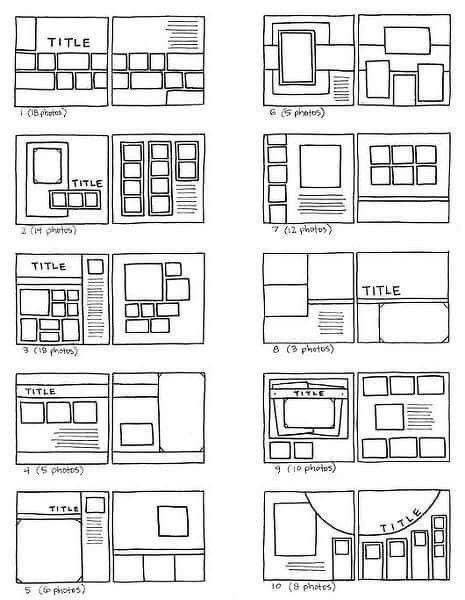
Why is layout design important?
Layout design plays a crucial role in design processes and significantly influences user engagement and information delivery. It has significant impact on user experience and information communication. Layout refers to the arrangement and organization of various elements in a design, including text, images, colors, and white space. A successful layout should be able to present information in an organized and understandable manner for users, based on design principles and elements.
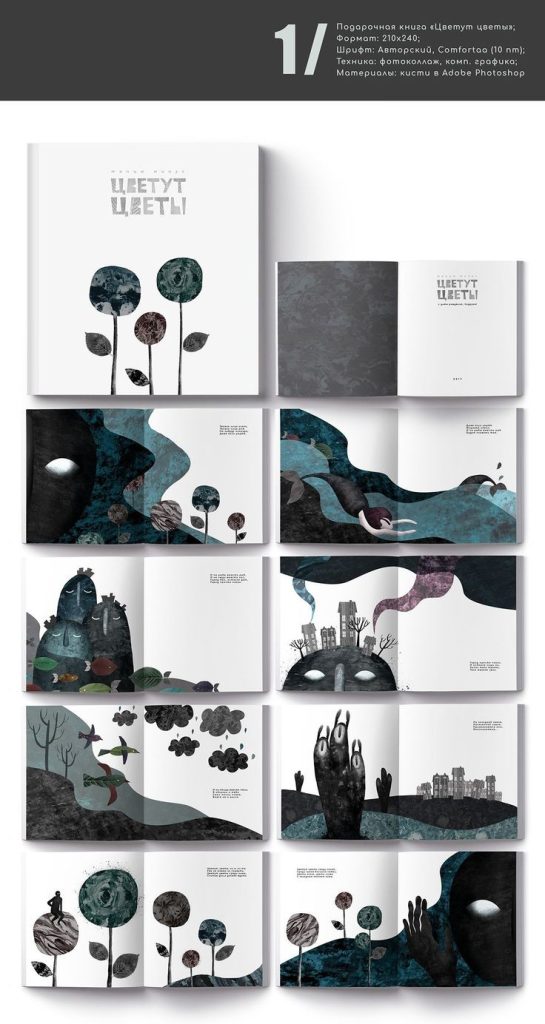
Design principles for layout include balance, contrast, alignment, and repetition. These principles help designers create a cohesive and engaging layout. Important elements such as typography, color theory, image selection, and use of white space also play a crucial role in layout design.
To improve user experience, it is essential to have an optimized layout that includes logical navigation, readability, and visual hierarchy. By following best practices in layout design, significant improvements in user engagement and information conveyance can be achieved.
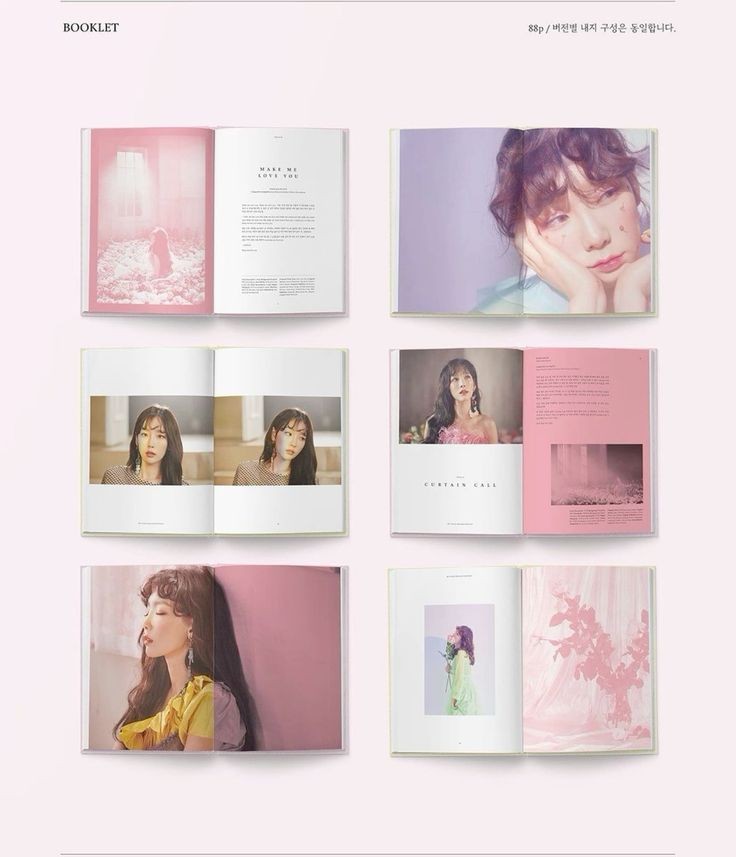
In general, layout design is a key factor in improving design outcomes and user interactions, playing a crucial role in the success of a design project.
Design principle in layouts
Layout design is the process of arranging and organizing visual elements on a page or screen in a way that is aesthetically pleasing and functional. It involves determining the placement of text, images, graphics, and other elements to create a visually appealing and easy-to-navigate design.
Key design principles that are important in layout design include:
1. Balance: Ensuring that visual elements are distributed evenly throughout the design to create a sense of stability and harmony.
2. Contrast: Using differences in color, size, and shape to create visual interest and guide the viewer’s attention to key elements.
3. Alignment: Ensuring that elements are lined up properly to create a sense of order and cohesion in the design.
4. Repetition: Using consistent styles, colors, and patterns throughout the design to create a unified look and reinforce the visual hierarchy.
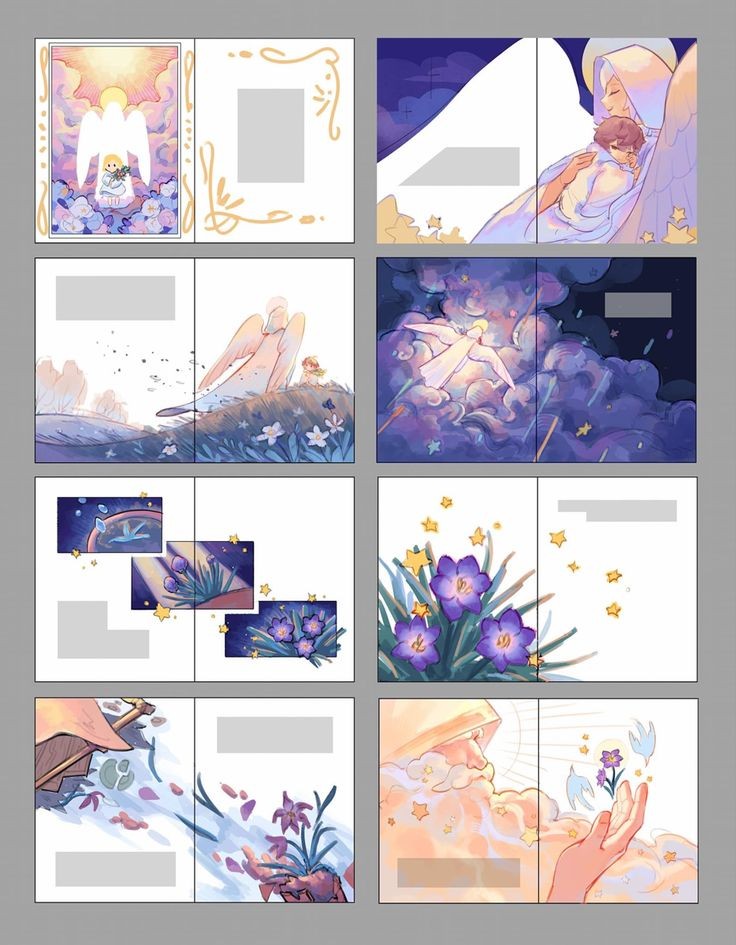
Layout design requirements
In addition to these principles, other important aspects of layout design include:
– Typography: Choosing appropriate fonts, sizes, and spacing to enhance readability and convey the intended message effectively.
– Color Theory: Selecting colors that complement each other and convey the desired mood or message in the design.
– Image Selection: Choosing relevant and high-quality images that enhance the overall look and feel of the design.
– White Space: Utilizing empty space strategically to improve readability, create visual breathing room, and highlight important elements.
A well-designed layout not only enhances the aesthetic appeal of a design but also improves user experience by making information easier to access and understand. By following best practices in layout design, designers can create visually engaging and effective designs that effectively communicate with their target audience.
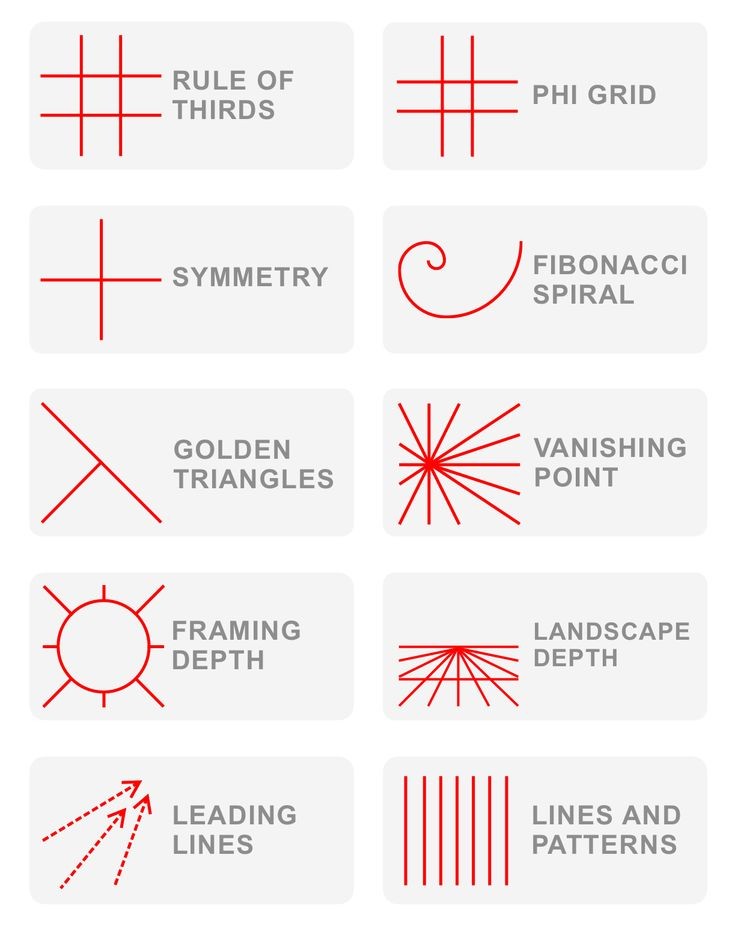
Layout applications in various fields of graphic design
Certainly! The importance of layout design varies across different fields of graphic design. Here are some key points highlighting the significance of layout design in various graphic design disciplines:
1. Print Design:
– In print design, such as magazines, brochures, posters, and packaging, layout design plays a crucial role in attracting and engaging the audience.
– A well-structured layout helps in organizing content effectively, guiding the reader’s eye through the information, and creating a visually appealing composition.
– Proper layout design ensures that the printed material is visually appealing, easy to read, and conveys the intended message clearly.
2. Web Design:
– In web design, layout design is essential for creating user-friendly and visually appealing websites.
– A well-designed layout enhances the user experience by making navigation intuitive, content easily accessible, and interactions seamless.
– Effective layout design in web design helps in establishing visual hierarchy, improving readability, and optimizing the overall user interface for better usability.

3. UI/UX Design:
– In UI/UX design, layout design is critical for creating intuitive and user-friendly interfaces for digital products and applications.
– A well-structured layout ensures that interactive elements are placed logically, guiding users through the interface smoothly and enhancing usability.
– Layout design in UI/UX focuses on creating responsive designs that adapt to different screen sizes and devices, providing a consistent user experience across platforms.
4. Advertising Design:
– In advertising design, layout plays a key role in capturing the audience’s attention and conveying the brand message effectively.
– A visually appealing and well-organized layout helps in creating impactful advertising campaigns that stand out and drive engagement.
– Effective layout design in advertising ensures that key information is highlighted, visuals are compelling, and the overall design resonates with the target audience.

Conclusion
Overall, layout design is a fundamental aspect of graphic design across various disciplines. It not only enhances the visual appeal of designs but also plays a crucial role in communication, usability, and user experience in both print and digital media. Mastering layout design principles is essential for graphic designers to create effective and engaging visual communication solutions in their respective fields.


